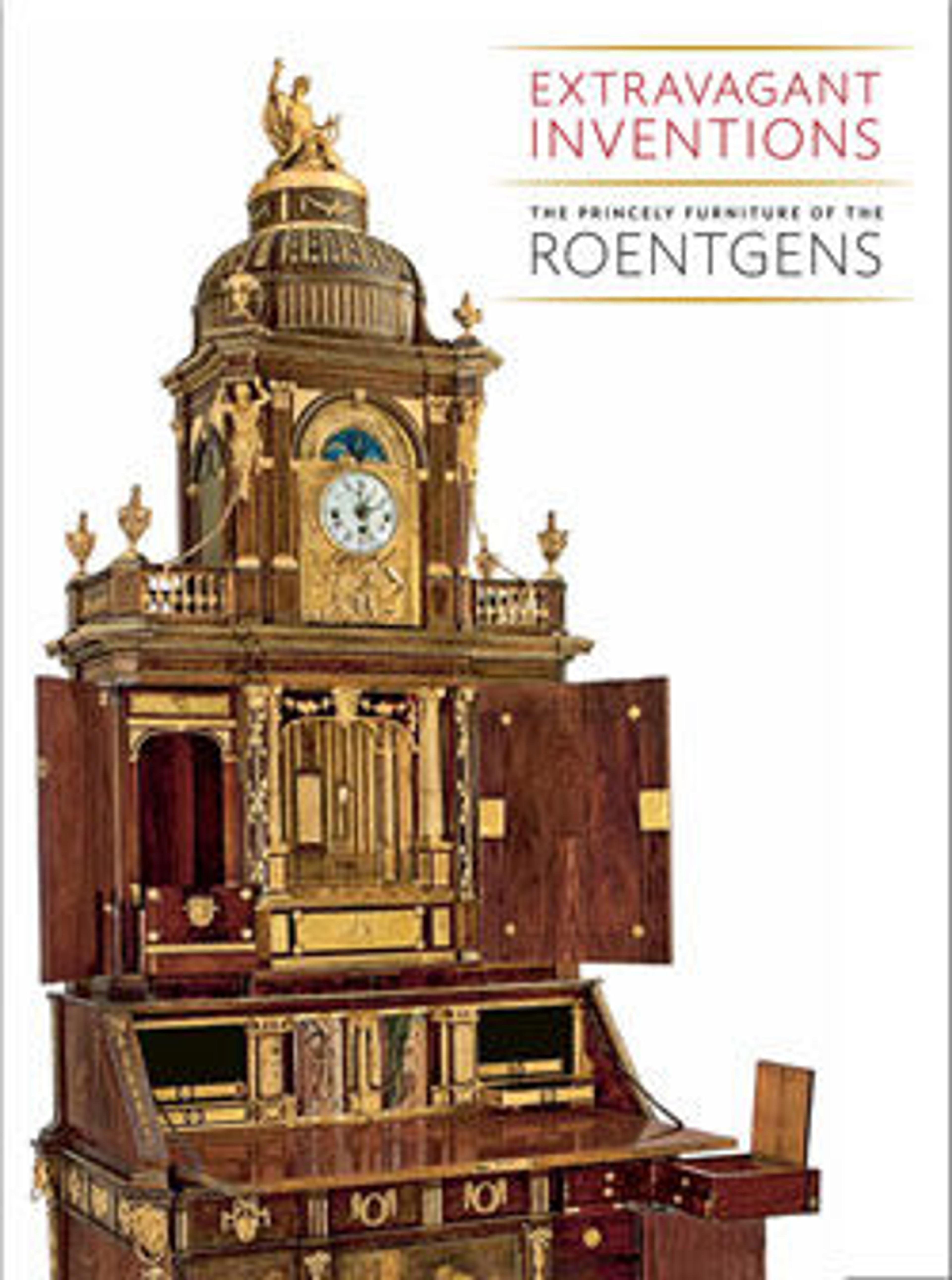
Extravagant Inventions: The Princely Furniture of the Roentgens
During the second half of the 18th century, the workshop of Abraham and David Roentgen at Neuwied on the Rhine was among Europe's most successful cabinetmaking enterprises, employing at its height nearly two hundred specialized artisans. The Roentgens' ingenious inventions combined innovative designs with intriguing mechanical devices that revolutionized traditional types of European furniture. Key to their success was the pairing of the skilled craftsman Abraham with his boldly entrepreneurial son David, whose clients included the most prominent sovereigns of Europe, among them Louis XVI and Marie Antoinette of France, Catherine the Great of Russia, and Frederick William II of Prussia. In addition, the Roentgens perfected the practice of adapting prefabricated elements and elaborate trompe l'oeil marquetry panels to the specifications of their customers.
Extravagant Inventions: The Princely Furniture of the Roentgens is the first comprehensive English-language survey of the firm in nearly fifty years, from its founding in 1742 to its closing in the early 1800s. Detailed discussions explain the intricate workings of these extraordinary pieces and are complemented by illustrations showing them in their contemporary interiors. Design drawings, portraits of the cabinetmakers and their patrons, and previously unpublished historical documents from the Roentgen estate further illuminate the work of these master craftsmen. An essential contribution to the study of European furniture, this fascinating book firmly establishes the Roentgens as the principal Continental European cabinetmakers of the ancien régime.
Met Art in Publication
Citation
Koeppe, Wolfram, and Reinier Baarsen. 2012. Extravagant Inventions: The Princely Furniture of the Roentgens. New York : New Haven: Metropolitan Museum of Art ; Distributed by Yale University Press.
